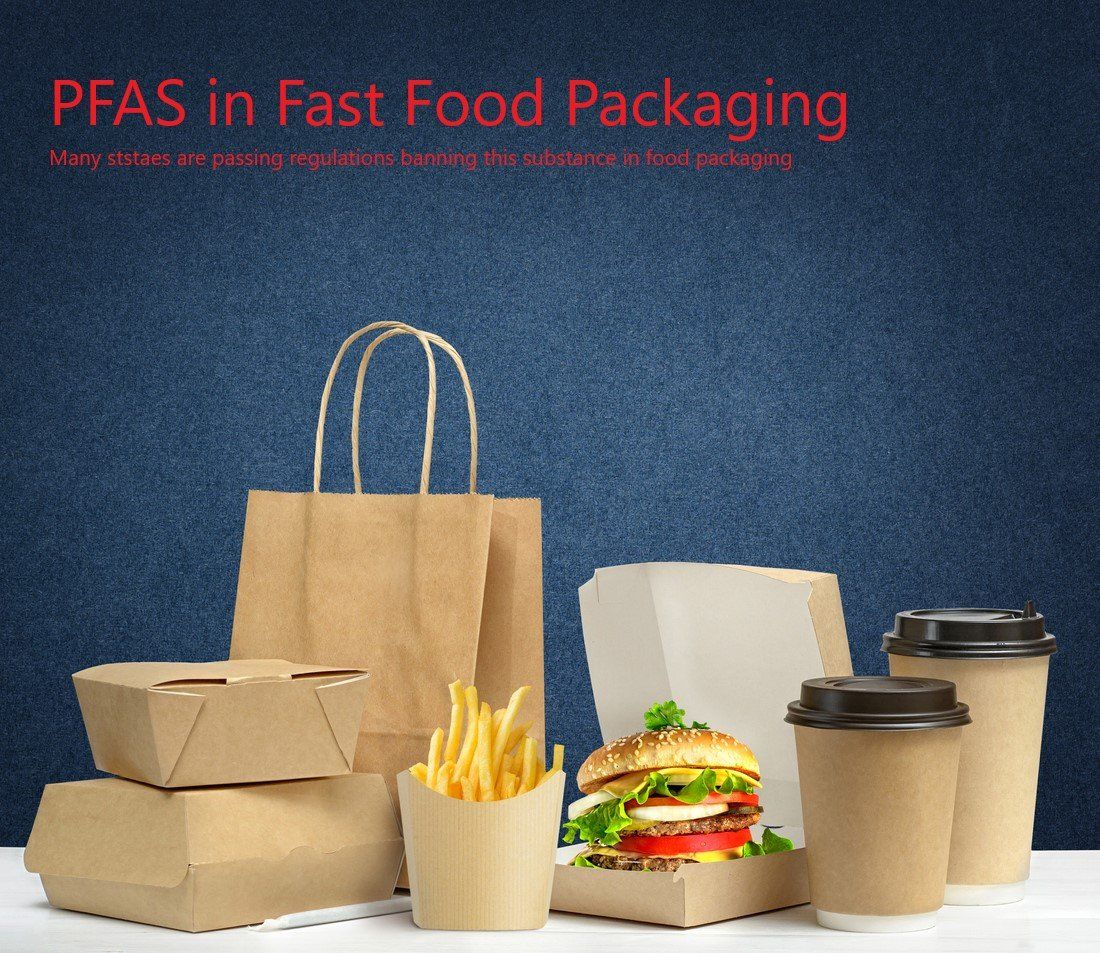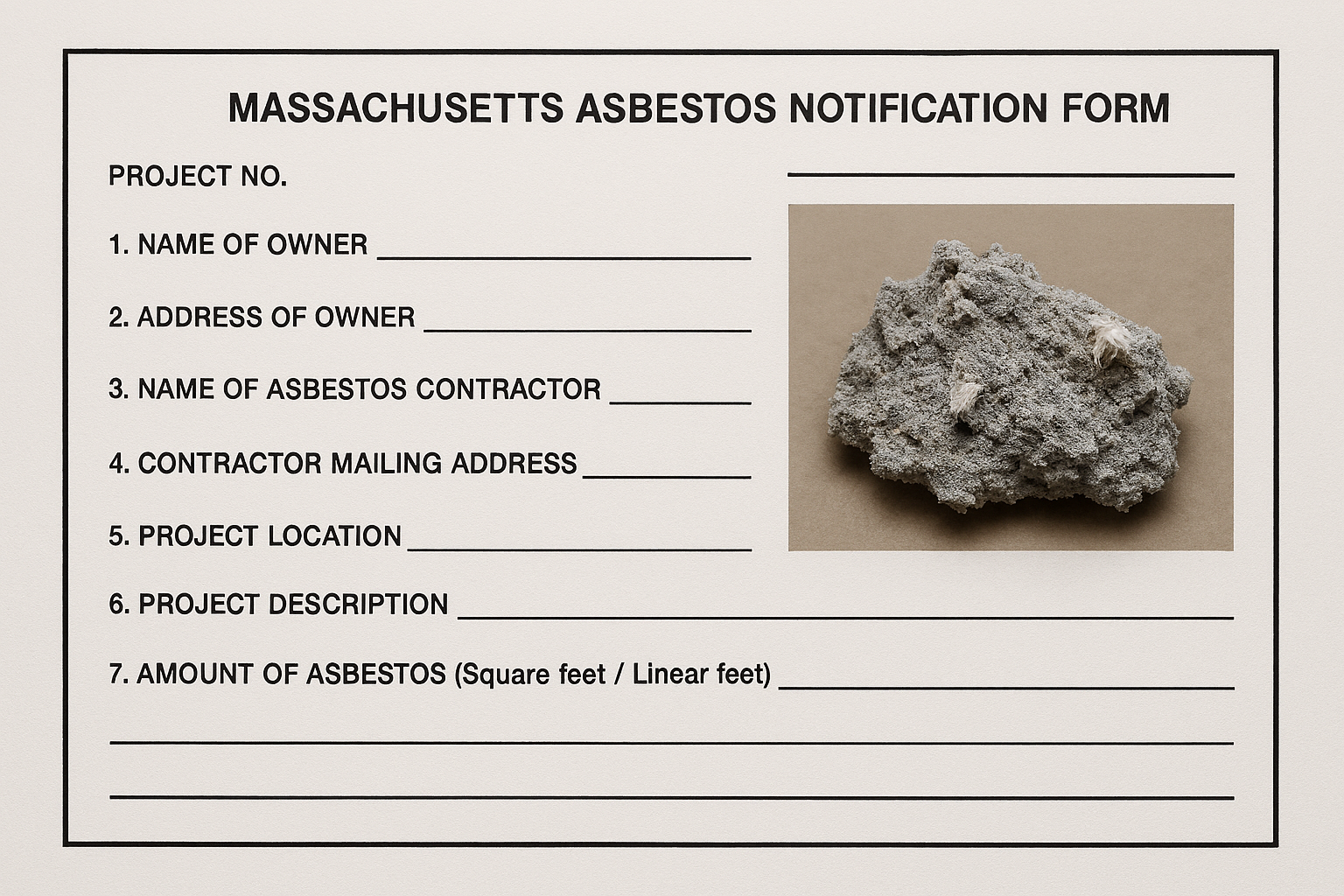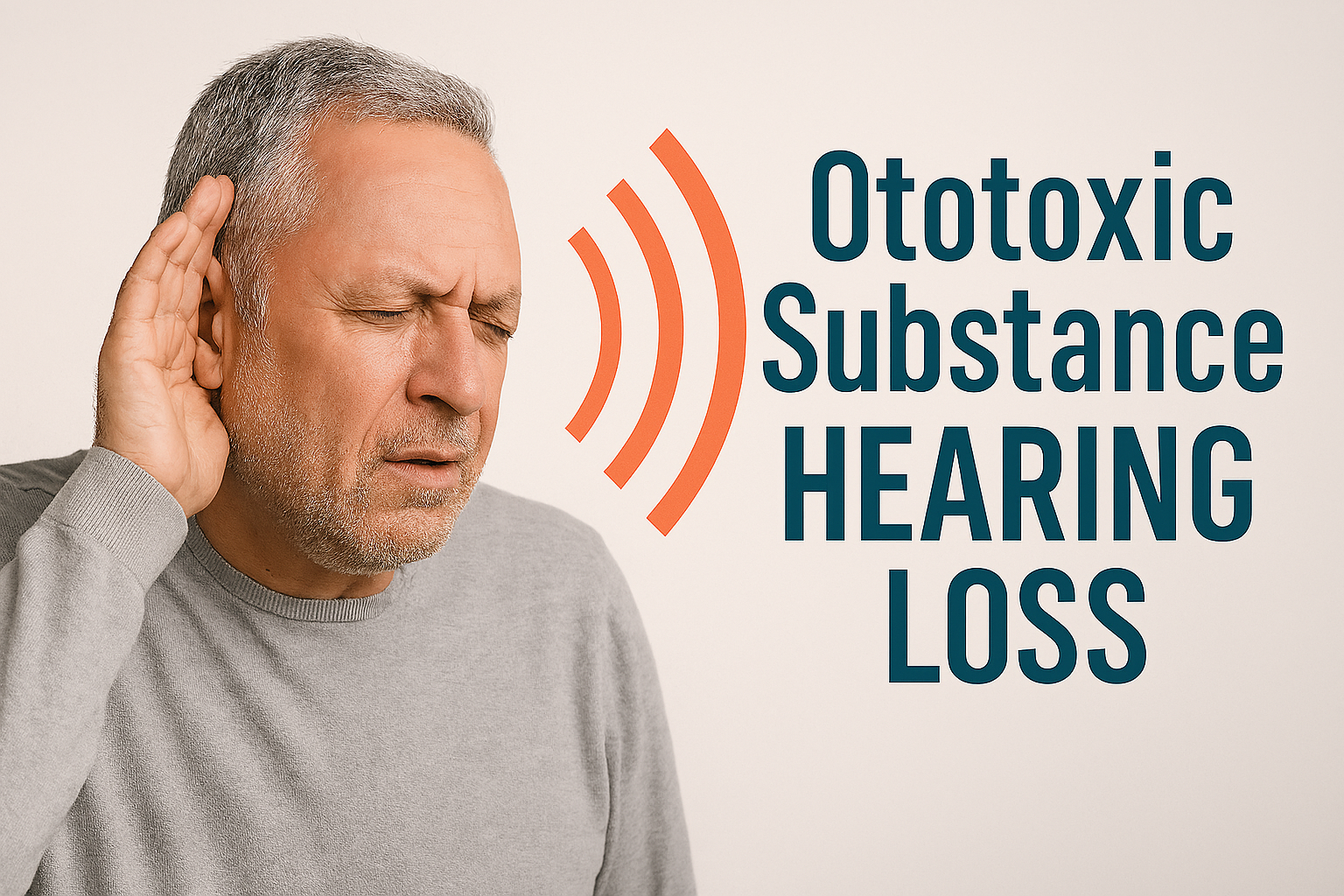Polyfluoroalkyl Substances (PFAS) are known as the “forever chemical”. PFAS have been around for over 70 years, they are manmade synthetic chemicals, and the world contains over 9,000 of them. The reasoning behind the name “forever chemicals” is because it is almost impossible to get rid of them. Once they enter an environment they can travel through soil and water without being degraded. They do not break down easily, and scientists are unable to figure out how long it takes for these chemicals to disappear, this leads to a higher risk of exposure. Also, the higher the temperature the more potent they are and once a PFAS is in your body it remains in the bloodstream for years. Exposure to PFAS can lead to cancers, increased cholesterol, changes in liver enzymes, decreased vaccine response in children, increased risk of high blood pressure, pre-eclampsia in pregnant women, and decrease in infant birth weights. A study done by the National Health and Nutrition Examination Survey (NHANES) found that 97% of Americans have PFAS in their blood. The first step to safely avoid PFAS is being aware of them. However, this might be hard to do considering most people do not know where they are. The Environmental Working Group (EWG) has created a map allowing people to see if there are any known PFAS in their area. If the map does not indicate any PFAS in the area it is still very important to acknowledge the dangers and stay cautious of them. The two main sources of PFAS exposure are in a workspace environment and in everyday items.
Cashins & Associates : Resources
PFAS - The Forever Chemical - What is this all about?
The Forever Chemical is Impacting Most Americans from Unlikely Sources
Workers are at risk to PFAS in ways that may differ from the public. It depends on a person’s industry and work activities if they are at higher exposure than others. Chemical manufacturing workers, firefighters, and ski wax technicians are known to be more exposed than any other individual in the U.S. The American Conference for Governmental Industrial Hygienists (ACGIH) has established certain Threshold Limit Values (TLVs) for three types of airborne PFAS. These TLVs are based on airborne substances only for an 8-hour workday and 40-hour workweek. TLVs are not actual standards but only guidelines developed from scientific and toxicological information. Lab assessments on these chemicals began as early as 2004, the National Institute for Occupational Safety and Health (NIOSH) had done studied including skin absorption and immune function. NIOSH has come further with more research activities to understand how to prevent exposure. Such methods include worker exposure and health assessments in manufacturing workers, service sector workers, and firefighters. Also, dermal absorption assessments, sampling and analytical methods, and testing firefighter turnout gear for PFAS in textiles.
Along with PFAS exposures in workplaces, our interactions with water, food, soil, air, and consumer products lead to additional exposure. Clothing, food packaging, nonstick pans, cleaning products, shampoo, dental floss, and stain-resistant carpets and furniture are all made with PFAS. Besides these everyday items, the main route of entry is through drinking water. The only way to prevent PFAS from seeping into drinking water is through filtration. An activated carbon treatment filter is the most effective way to shut out PFAS. This filtration device will absorb any synthetic organic material, although this does not get rid of the chemical completely. The only possible way to identify PFAS is to conduct sampling that will be analyzed in a lab to evaluate the data looking at comparisons to other sampling results.
Protecting yourself from PFAS is very important and may be very hard to do considering we cannot see them. But being aware they are around and knowing what might contain the chemical is progress to eliminating exposure. It is important to filter your water, since PFAS become stronger in heat therefore boiling water does not work. If your pots and pans are nonstick, make sure to use them with low heat, or a more effective way to prevent the chemical is to replace them with cast iron or stainless steel. Takeout containers are usually waterproof, this means they are likely to have forever chemicals. Lastly Do not use water-repellent fabrics. Clothing and carpets sold as “waterproof” most likely contain PFAS. Not many states have regulations on PFAS, if they do it is only for a small number of them. This is leaving out the thousand others that are around in the U.S. Each state in the U.S. should have strict limits on the chemicals. Some states have made progress but there is still a lot more we can do to help prevent the contamination of PFAS.
As briefly mentioned above, the most alarming and seemingly unknown thing about PFA’s are their relationship with food products. PFA’s have found a niche in the food manufacturing industry as a chemical that can make packaging, shipping, and storage easier for businesses in the restaurant sector. This applies to not only high-end restaurants, but also fast-food establishments and even products found in grocery stores. PFA’s unique characteristics is what makes the chemical so useful, particularly in food packaging. This is because PFA’s help reduce the likelihood of grease leaking through the packaging and making a mess. Food products that tend to be greasy, salty, or acidic are commonly packaged in bags or wraps that contain PFA’s. Common examples include French fry paper bags, hamburger wrappers, pre-made salad bowls, take out boxes and even single-use paper plates. Additionally, PFA’s can be found in areas where it is seemingly unintended, such as on the ink on these food packages, the machines used to manufacture them, and even paper. The chemical has been linked to packaging from some of your favorite restaurants and fast-food chains like McDonalds, Burger King, Taco Bell, Chipotle, Sweetgreen, Whole Foods and Trader Joes. The good news is that most of these well known and loved eating establishments have acknowledged that PFA’s are present in their products and have vowed to reduce concentrations. You may be able to avoid exposure yourself by removing your Whopper burger from that wrapper as soon as you get it, or transferring that burrito bowl to a glass or ceramic bowl from home. It is nearly impossible to completely purge the chemical from all food packaging products, but it is a step in the right direction to be aware of what companies utilize packaging with PFA’s so exposure can be reduced or avoided all together.
If you have any Occupational Health request or concern click the button below and one of our experts will contact you within 24 hours.





